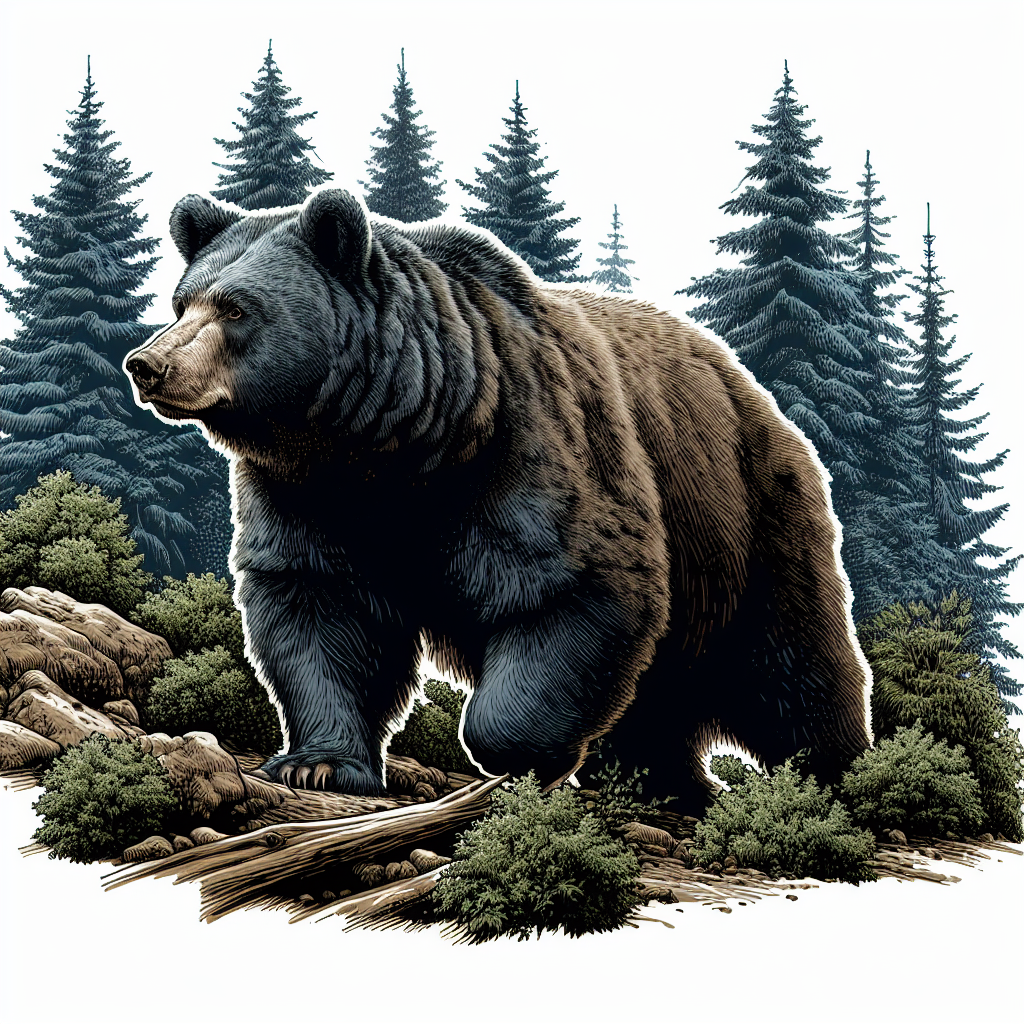El oso del Atlas (África del Norte)

The Atlas bear, also known as the African bear, was a species of bear that once inhabited the Atlas Mountains in North Africa. This unique bear species is now extinct, with the last known individual believed to have died in the late 19th century.
The Atlas bear was a relatively small bear compared to other bear species, with males typically weighing around 300-400 pounds and females being smaller. They had a distinctive reddish-brown coat with white markings on their chest and face. These bears were well-adapted to their mountainous habitat, where they foraged for food such as roots, berries, insects, and small mammals.
One of the main reasons for the extinction of the Atlas bear was human activity. As human populations expanded and encroached upon the bears' habitat, conflicts arose between humans and bears. The bears were hunted for sport, as well as for their fur and body parts which were believed to have medicinal properties.
Deforestation and habitat loss also played a significant role in the decline of the Atlas bear population. As forests were cleared for agriculture and development, the bears lost crucial food sources and shelter. This loss of habitat made it difficult for the bears to find enough food to sustain themselves.
Efforts to conserve the Atlas bear came too late, as by the time conservation measures were put in place, the population had already dwindled to unsustainable levels. Today, the Atlas bear serves as a cautionary tale of how human activities can drive a species to extinction if not properly managed.
Although the Atlas bear is no longer with us, its memory lives on through scientific research and conservation efforts aimed at protecting other vulnerable species from suffering a similar fate. By learning from past mistakes and taking proactive steps to protect wildlife and their habitats, we can ensure that future generations will be able to appreciate these magnificent creatures in their natural environment.
Si quieres conocer otros artículos parecidos a El oso del Atlas (África del Norte) puedes visitar la categoría Extinción de Especies Terrestres.